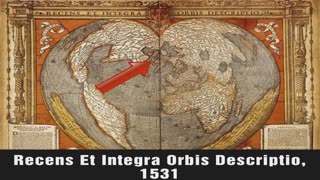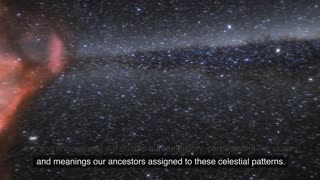A Great Year Ever 25,920 yrs. and Formation and Life Cycles of Celestial Objects Black Sun ?
Just as the Earth’s spin on its axis causes day and night and its annual orbit around the Sun is responsible for the ongoing cycle of the seasons, what if there is some greater celestial cycle, lasting thousands of years, slowly influencing the rise and fall of civilization across the globe?
To many ancient cultures, the answers lie in the stars. In their view, time moved in a cyclical pattern, with human civilization and consciousness rising and falling as great ages came and went. Vedic scholars spoke of the Yuga Cycle, a great circular progression of ages; and Plato taught of a large cycle of time that would slowly return us to a "Golden Age". He called this cycle: The Great Year.
The Great Year investigates commonalities in these beliefs and looks back into time seeking answers to questions that still loom over science today. How far back do humankind’s roots really go? What did the ancients know about the stars and their movements and what can we learn from them? How was the Precession of the Equinox, the slow progression of the stars across the sky over thousands of years, used to mark the rise and fall of these great ages by the ancients? Many cultures spoke of an unseen sun driving Precession and causing the cycle of this Great Year. Could there be an unseen companion to our Sun? The Great Year examines this theory and finds that perhaps these ancients were really onto something!
The term Great Year has more than one major meaning. It is defined by scientific astronomy as "The period of one complete cycle of the equinoxes around the ecliptic, or about 25,800 years". Ptolemy reported that his teacher Hipparchus, by comparing the position of the vernal equinox against the fixed stars in his time and in earlier observations, discovered that it shifts westward approximately one degree every 72 years. Thus the time it would take the equinox to make a complete revolution through all the zodiac constellations and return to its original position would be approximately 25,920 years. In the heliocentric model, the precession can be pictured as the axis of the Earth's rotation making a slow revolution around the normal to the plane of the ecliptic. The position of the Earth's axis in the northern night sky currently almost aligns with the star Polaris, the North Star. But as the direction of the axis is changing, this is a passing coincidence which was not always so and will not be so again until a Great Year has passed.
The Platonic Year, which is also called the Great Year, has a different more ancient and mystical meaning. Plato hypothesized that winding the orbital motions of the Sun, Moon and naked eye planets forward or back in time would arrive at a point where they are in the same positions as they are today. He called this time period the Great Year and suggested that such a unified return would take place about every 36,000 years.
-
 6:47
6:47
EricDubay
1 year agoHow the Southern Stars Work on Flat Earth
3.41K17 -
 24:50
24:50
EricDubay
4 months agoPolar Astronomy and Anthropology
5.11K6 -
 15:07
15:07
ntins9375
11 months agoIntroduction to Celestial Constellations and their Significance to Your Life
32 -
 45:44
45:44
RaStar13Zodiac
1 year agoR-Evolution - Pluto enters Capricorn Astronomically - March 2023
30 -
 3:54
3:54
MarantzManiac
8 months agoGregorian to Julian Calendar coming?! 13 months 13 moon cycles 432Hz 528Hz 633Hz
871 -
 21:45
21:45
livinlattes
1 year agoThe 4th Day of Creation - The sun, moon, and stars are placed in the firmament
96 -
 14:03
14:03
ZEEY1
10 months agoWHAT DO THE SEASONS LOOK LIKE ON OTHER MOONS IN OUR SOLAR SYSTEM?
103 -
 6:34
6:34
DaveyTut
1 year agoSUN CAUGHT SHINING THROUGH THE FIRMAMENT AND CIRCLING ABOVE EARTH
275 -
 1:19:47
1:19:47
Gigi Young
1 year agoHuman and Cosmic Evolution: Planets, Globes, Rounds and Epochs | Gigi Young
82 -
 2:34
2:34
shoopdoggy
2 months ago⚠️THE SIGN OF Pi π IN THE CLOUDS! THIS IS A SIGN OF CONFIRMATION THAT AN EXTREMELY IMPORTANT 7-YEAR
39